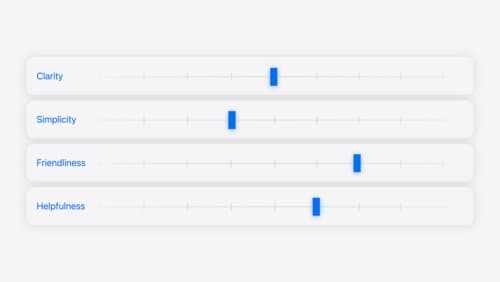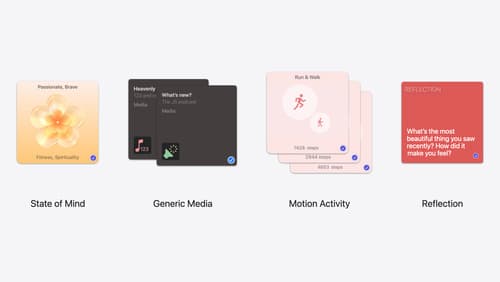How can I make a journal app
Asked on 2024-07-31
1 search
To create a journal app, you can leverage several features and APIs introduced at WWDC. Here are some key steps and relevant sessions to help you get started:
-
Semantic Search with Core Spotlight:
- Session: Support semantic search with Core Spotlight
- Description: This session explains how to donate searchable content to Spotlight, which is essential for allowing users to search through their journal entries. You will learn how to create a
CSSearchableItemwith a unique identifier and attribute set to index your journal entries effectively.
-
Journaling Suggestions API:
- Session: Enhanced suggestions for your journaling app
- Description: This session covers the updated journaling suggestions API in iOS 18, which helps users reflect on their lives by suggesting meaningful events, photos, workouts, and places. It also introduces new asset types like state of mind, which can be integrated into your app to enhance the journaling experience.
-
State of Mind Integration:
- Session: Explore wellbeing APIs in HealthKit
- Description: This session dives into the State of Mind API, which can be used to log and suggest journal entries based on the user's emotional state. It provides a clinical benefit by helping users track their emotions and reflect on their mental wellbeing.
-
User Experience and Personalization:
- Session: Add personality to your app through UX writing
- Description: This session helps you define the voice and tone of your app, making it more engaging and personalized for users. Exercises in this session guide you through imagining your app as a person and writing a welcome screen in your app's voice.
-
Multilingual Support:
- Session: Build multilingual-ready apps
- Description: This session explains how to handle text in multiple languages using TextKit 2, ensuring that your journal app can render text beautifully in any of the user's preferred languages.
By following these sessions and incorporating the discussed features, you can create a robust and user-friendly journal app that leverages the latest technologies and APIs from Apple.

Build multilingual-ready apps
Ensure your app works properly and effectively for multilingual users. Learn best practices for text input, display, search, and formatting. Get details on typing in multiple languages without switching between keyboards. And find out how the latest advances in the String Catalog can make localization even easier.

Add personality to your app through UX writing
Every app has a personality that comes across in what you say — and how you say it. Learn how to define your app’s voice and modulate your tone for every situation, from celebratory notifications to error messages. We’ll help you get specific about your app’s purpose and audience and practice writing in different tones.

Enhanced suggestions for your journaling app
Find out how your journaling app can display journaling suggestions with richer content from the system. Explore new types of available content like state of mind data, reflection prompts, and support for third-party media content and motion-based activities.
